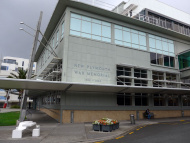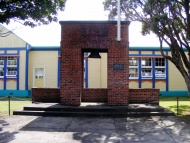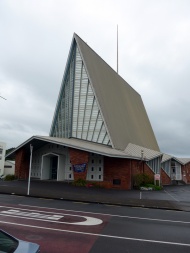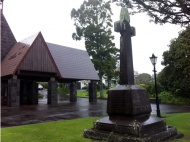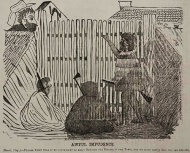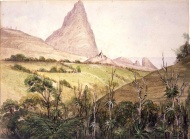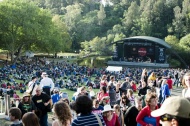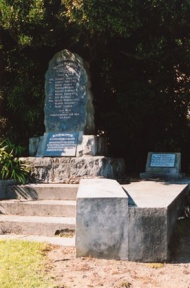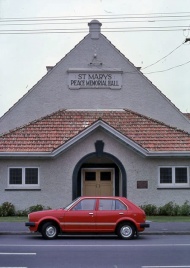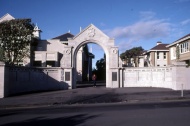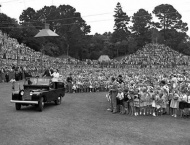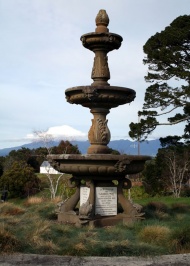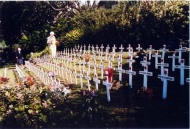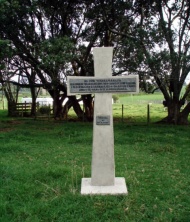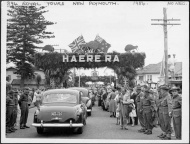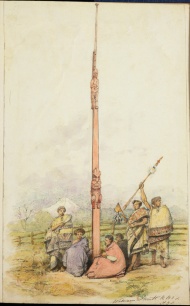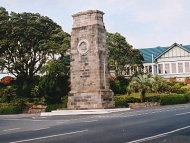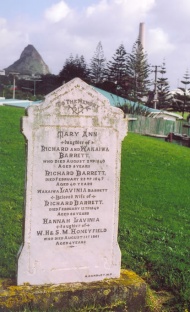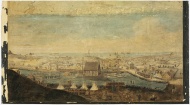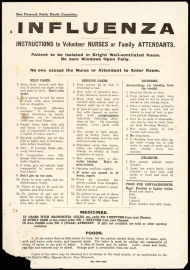Articles
Regional rugby

The passion and parochialism of provincial rugby helped give the game a special place in New Zealand’s social and sporting history. Read brief histories, highlights and quirky facts about each of New Zealand's 26 regional rugby teams.
- Page 12 - Taranaki rugbyHistory and highlights of rugby in the Taranaki
War in Taranaki 1860-63
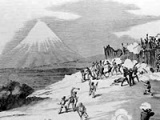
In March 1860 war broke out between Europeans and Māori in Taranaki following a dispute over the sale of land at Waitara. It was the beginning of a series of conflicts that would dog Taranaki for 21 years, claiming the lives of hundreds of people and leaving deep scars that persist to the present day.
- Page 6 - A change in tacticsThe arrival in August 1860 of Major-General Thomas Pratt heralded the development of a new strategy to break the cordon that encircled New
Related keywords
- womens liberation
- john whiteley
- influenza pandemic
- film
- sculpture
- art
- len lye
- taranaki
- south african war
- new zealand wars
- cartoon
- missionaries
- painting
- music
- music festivals
- children
- royalty
- royal tours
- battle of mahoetahi
- RSA
- dairying
- bell block
- queen elizabeth
- jane atkinson
- nelson city
- puketapu feud
- flags
- robert fitzroy
- te ati awa
- carving
- pre-1840 contact
- pakeha-maori
- dicky barrett
- NZ Wars memorial
- rugby
New Plymouth, Taranaki's only city, was the region’s first Pākehā settlement and has always been the largest. Originally called Ngāmotu (the islands), the site of New Plymouth was occupied for hundreds of years by Māori. Pākehā traders set up a trading station at Ngāmotu in 1828, but it was not until 1841–42 that planned settlement by the Plymouth Company brought 868 immigrants from Devon and Cornwall in England to the ‘New‘ Plymouth. In 1860 war broke out between Pākehā and Māori over a proposed land sale at nearby Waitara. A decade of conflict followed, severely curtailing the development of the town and the surrounding area. By 1885 it had a port, and rail links to the province and Wellington. Dairy farming remained the mainstay of the economy. After offshore gas fields were discovered in the 1950s and 1960s, the petroleum industry contributed to the local economy.


